Test site
Roman amphitheatre of Venosa | BASILICATA

Origins, history and context
The IDEHA test site is located on a terraced plateau on which stands the city of Venosa (northeastern sector of the Basilicata region, Italy), ancient Venusia, a Latin colony founded in 291 BC, which became a municipium in 89 BC and a triumviral colony in 43 BC. In the easternmost sector of the city rises the Roman amphitheatre, built in the peripheral area of the town. The first phase of construction, in square work, dates back to the first half of the 1st century AD, the second, in mixed work, is a second-century AD reconstruction.
The amphitheatre was built in a densely urbanised sector, eliminating a pre-existing residential area.
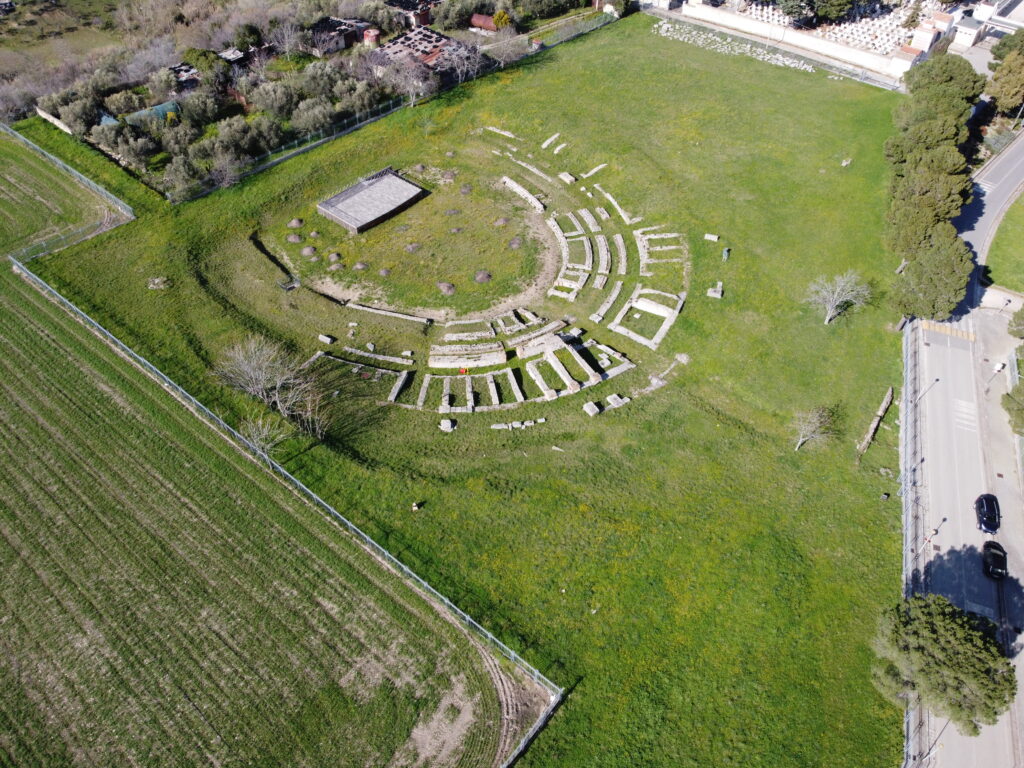
L’edificio presenta una forma ellittica per un’ampiezza complessiva di 98x77m. La porzione centrale è distribuita su tre livelli, che rappresentano rispettivamente l’ima, media e summa cavea, dotati di corridoi anulari con muri di rinforzo e di cunei radiali con quattro ambienti, due per ogni lato, posti simmetricamente rispetto al corridoio sud-est dell’asse centrale. Al di sotto dell’arena sono stati rinvenuti diversi ambienti, vani che probabilmente fungevano da deposito di attrezzi e come ricovero per gli animali.
The huge lack of external structures is probably due to the reuse that occurred over the centuries for the construction of the Church of the "Incompiuta" (12th century), planned and begun by the wish of the Normans and never finished.
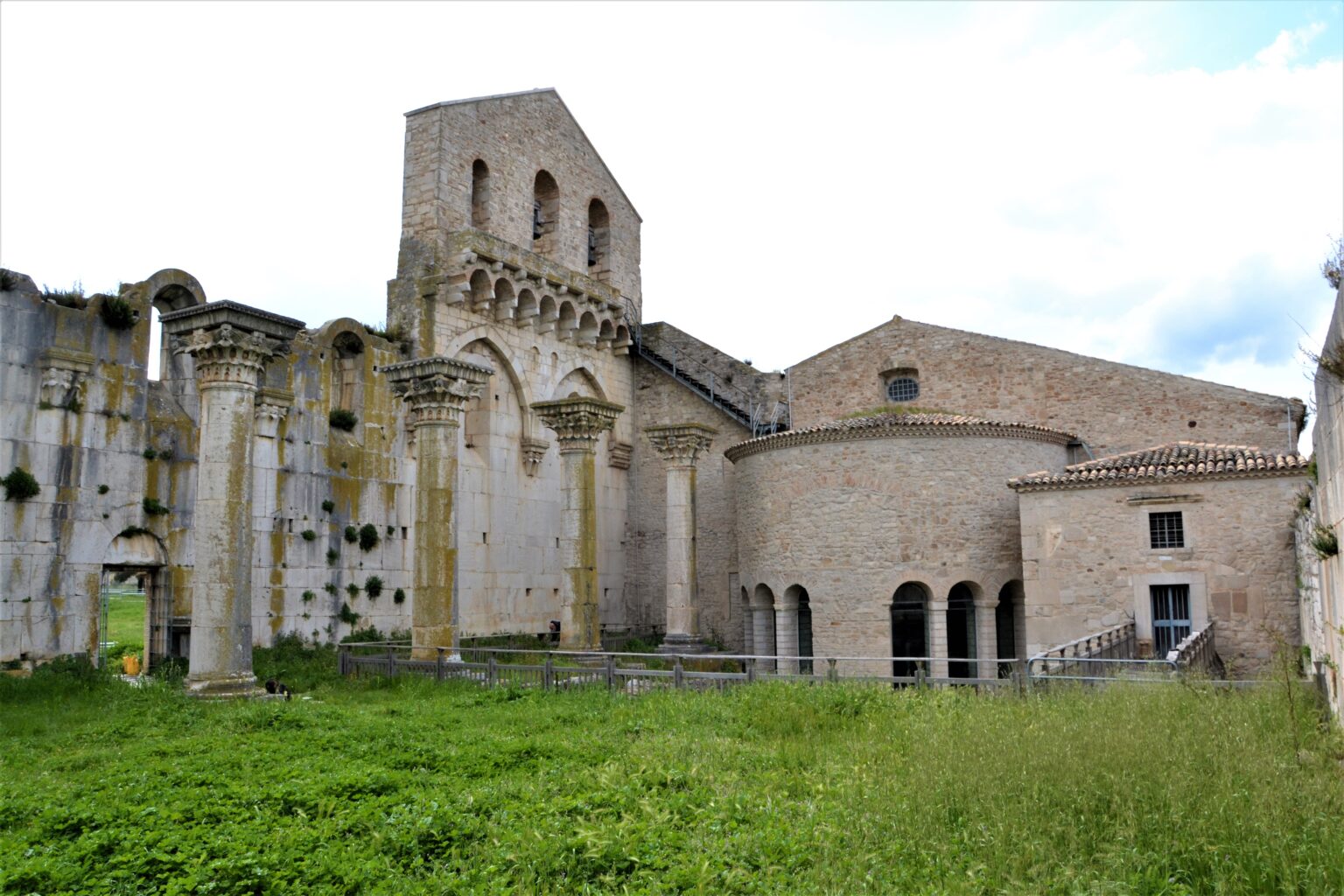
The first excavation activities carried out in the area of the building, of which written evidence remains, date back to the Bourbon age and had the purpose of uncovering the building, of which brief descriptions of the structures and finds found in it are reported. A second excavation campaign dates back to 1935 and was conducted by G. Pesce, who reports a fairly detailed plan and section of the building. Other excavation activities date back to the 1980s and had the main purpose of highlighting the underlying structures of the building, obliterated for the construction of the amphitheatre itself.
IDEHA experimentation
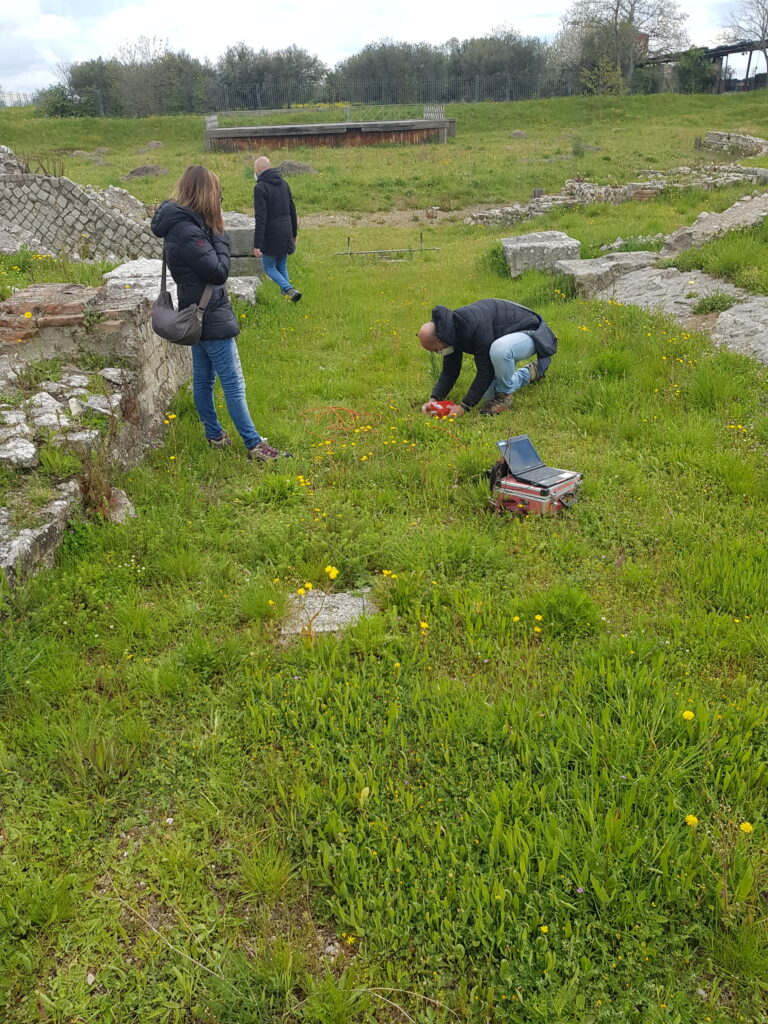
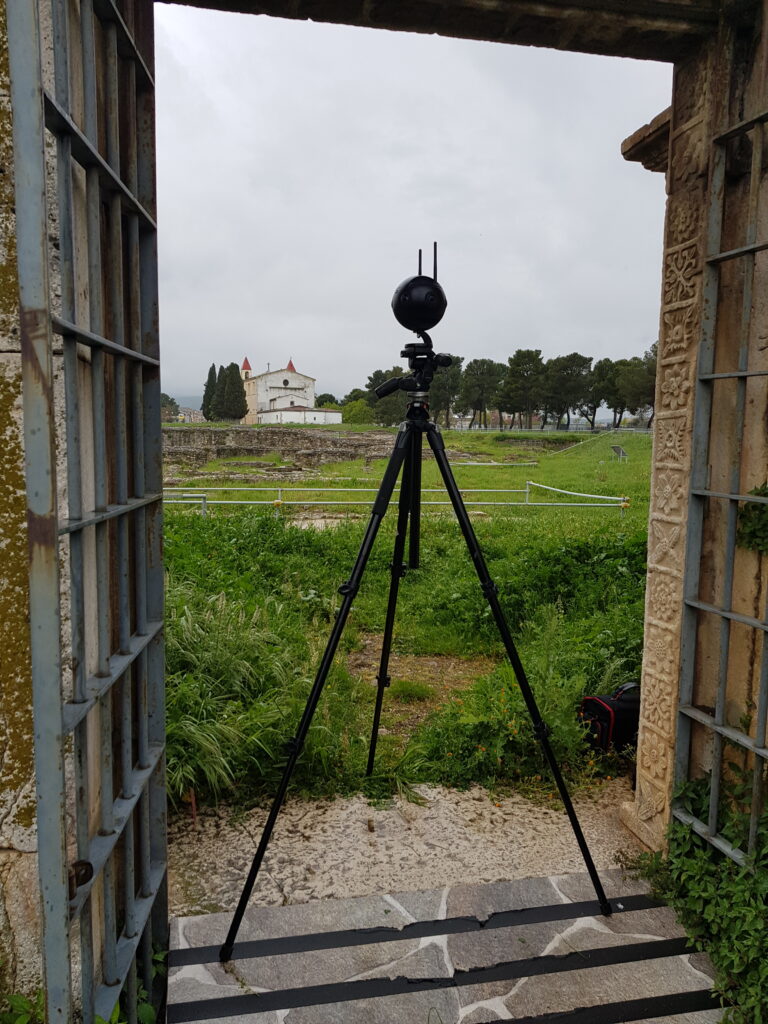
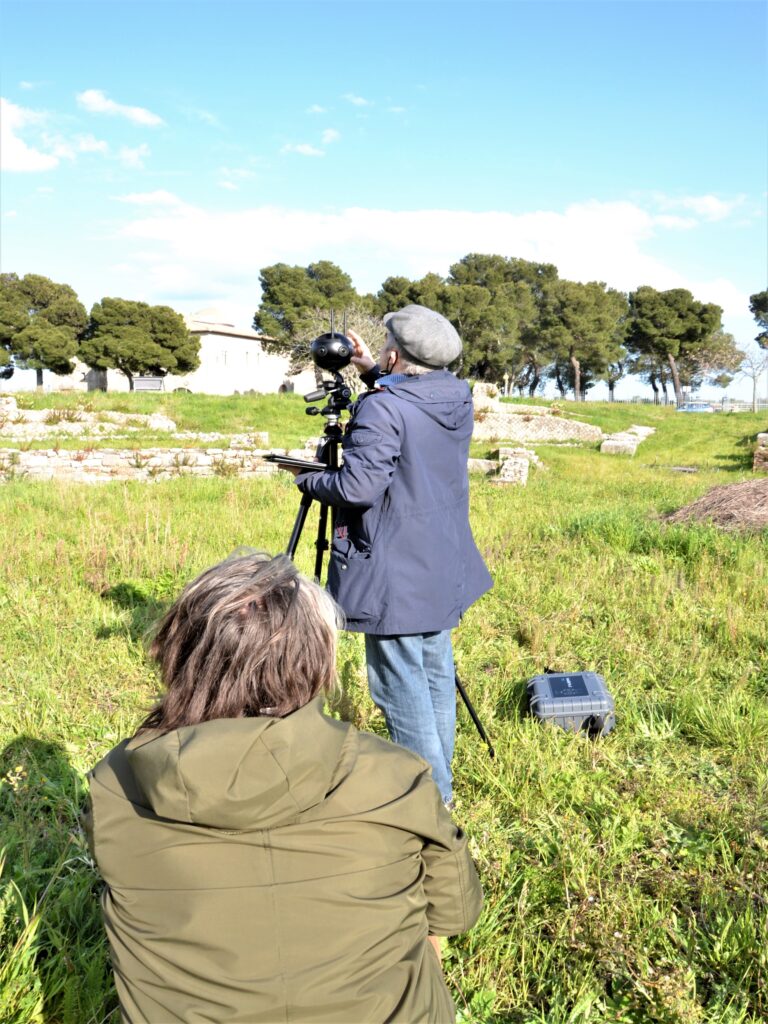
With the field experimentation, IDEHA intends to pursue the following goals:
- Reconstruction of the missing sectors of the amphitheatre through analysis of historical sources, material finds, reused in the ancient city and from multispectral satellite images and historical aerial photos;
- Reconstruction of previous environmental contexts and coeval with the life period of the amphitheatre;
- Definition of the housing systems prior to the construction of the amphitheatre;
- Increase the attractiveness of the archaeological area of Venusia, also enhancing the sector occupied by the amphitheatre, through the virtual 3D reconstruction of the entire structure of the Roman amphitheatre and the animation of daily life scenes.
- Check the stability conditions of the structures in relation to the geological and geomorphological conditions of the site.
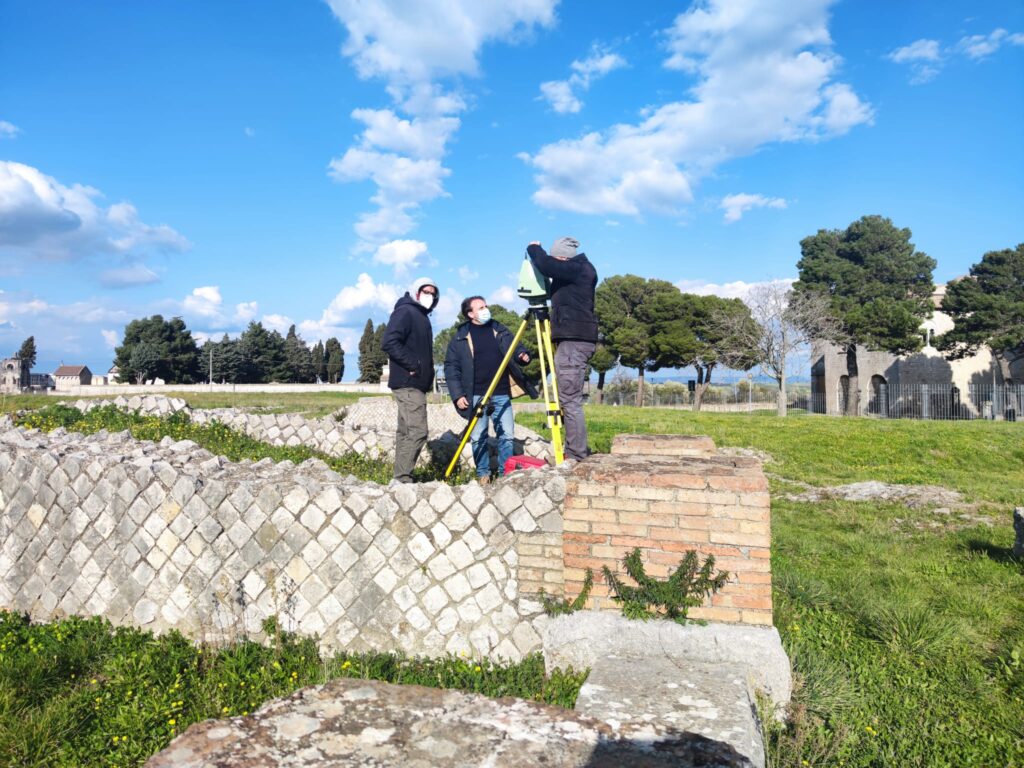
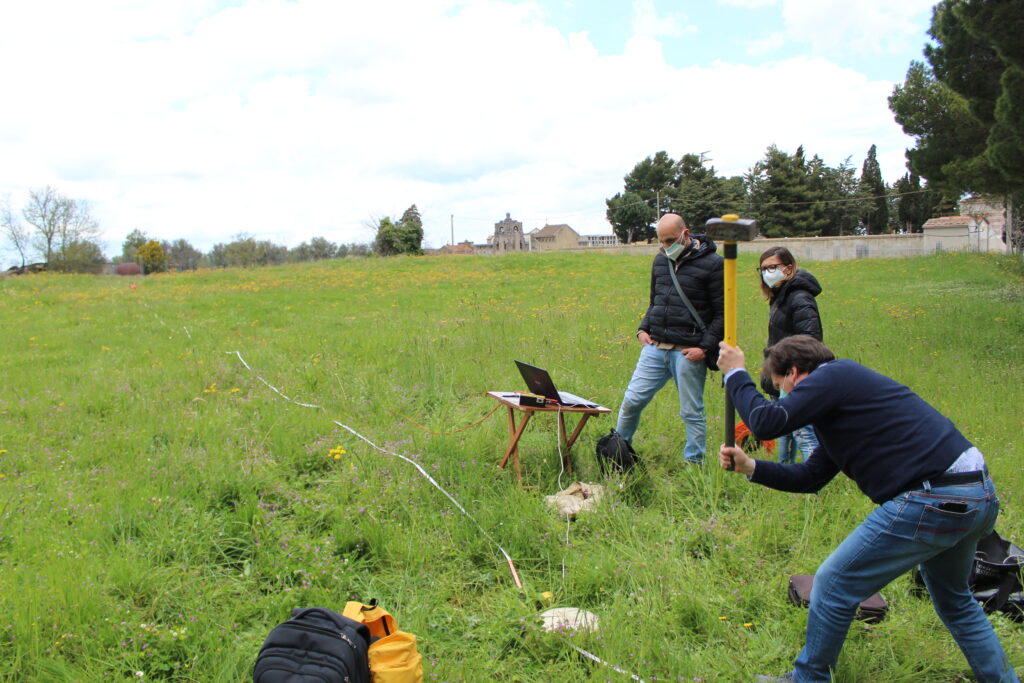
In order to achieve these goals, the following technologies will be applied:
- Geophysical prospecting (magnetometry, georadar, 3D geoelectric tomography, Tromino);
- Remote sensing and photo-restitution (archival multitemporal satellite images - aerial photos);
- Flight with drone, GPS measurements on the ground and 3D digital model construction;
- Shooting with laser scanner of the amphitheatre area;
- Realization of shots with photo and video camera at 360 °;
- Definition of the stratigraphical geological model of the site;
- Analysis of published and unpublished bibliographic and archive sources;
- Support for the 3D reconstruction of the amphitheatre;
- Application of experimental sensors with acoustic emissions for static monitoring of the Incompiuta structure (with Unimore).
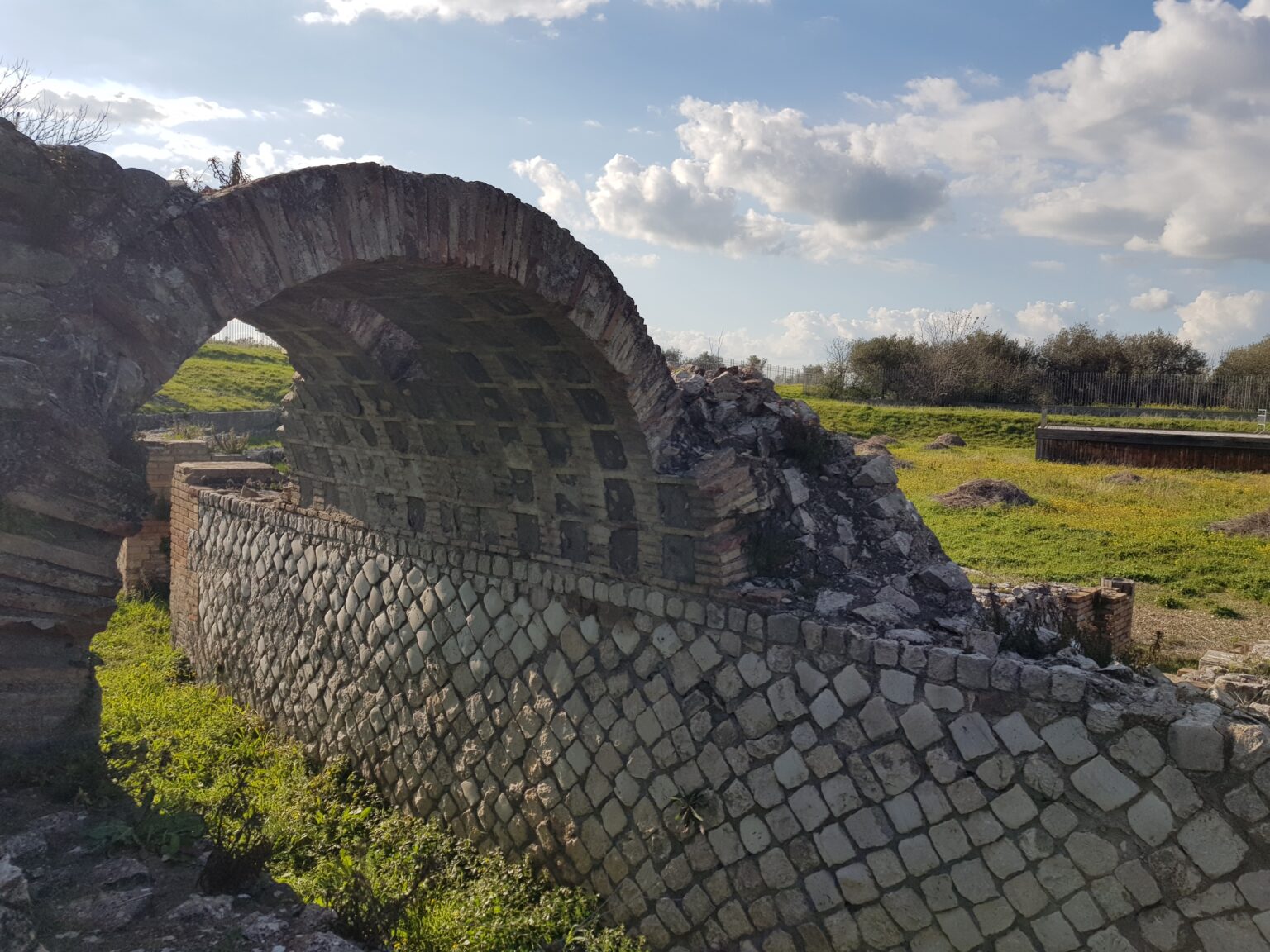
IDEHA stakeholders
The main stakeholders of the project, directly involved in the planning phases of the activities, and the first beneficiaries of the final results are the National Archaeological Museum of Venosa "Mario Torelli" (Regional Directorate of the Museums of Basilicata), which manages the conservation, enhancement and general fruition system of the site, SABAP Basilicata, an institution that manages the protection of cultural heritage and cooperates with the other Institutions for its enhancement, and the Municipality of Venosa (PZ), the Administrative Body that manages the tourist fruition of the site.
The research team
CNR group
Annamaria Briuolo, Stefano Del Lungo, Dario Gioia, Maurizio Lazzari (test site coordinator), Agata Maggio e Maria Sileo (Potenza ISPC).
Lara De Giorgi, Immacolata Ditaranto, Ivan Ferrari, Francesco Giuri, Giovanni Leucci, Pasquale Merola, Giuseppe Scardozzi (sede ISPC di Lecce).
Bruno Fanini, Giulio Lucarini, Augusto Palombini (Roma ISPC)
To the CNR Team are associated: Ilaria Miccoli (research fellow, Lecce); Antonio Minervino (research fellow, Potenza); Valentina Leopizzi (intern Potenza/Lecce)
Gruppo Engineering SpA: Luca Bevilacqua, Vladimiro Scotto Di Carlo, Nicola Mariniello.
